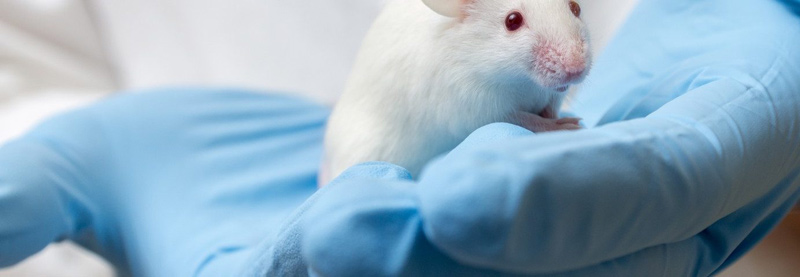

Restoring activity to the FMR1 gene — which is silenced in fragile X— using modulators that work to “turn on” gene expression and allow protein production to begin again is feasible in cells of the central nervous system, a study in mice reports.
The study, “FMR1 Reactivating Treatments in Fragile X iPSC-Derived Neural Progenitors In Vitro and In Vivo,” was published in Cell Reports.
Fragile X syndrome (FXS), the most frequent single genetic cause of autism spectrum disorder (ASD), is caused by the expansion of CGG repeats in the fragile X mental retardation 1 (FMR1) gene, which provides instructions for making a protein called the fragile X mental retardation protein or FMRP.
“When the expansion size exceeds 200 repeats, it leads to the epigenetic inactivation of FMR1 and the loss of its protein product, FMRP,” the investigators wrote, adding that “additional epigenetic processes” may be involved in keeping FMR1 inactive and further screening of potential modulators is needed.
Modulators — more specifically, epigenetic modulators — are so-called because they are responsible for heritable chemical modifications in DNA that affect gene expression. This is, the process (called transcription) by which information in a gene is synthesized to create a working product like a protein. (In transcription, DNA is converted into RNA, the template used for protein production.)
Researchers at The Hebrew University of Jerusalem set out to investigate epigenetic processes that might be involved in the regulation of FMR1 inactivation, and could be used as targets to restore FMR1 activity.
They tested a series of epigenetic modulators, weighing their ability to reactivate the FMR1 gene in induced pluripotent stem cells (iPSCs) derived from people with fragile X. iPSCs are fully matured cells reprogrammed back to a stem cell state, where they then are able to grow into any type of cell.
Results showed that DNA methyltransferase (DNMT) inhibitors — compounds that block the activity of an enzyme that methylates DNA, turning off gene expression — were the ones that led to the highest levels of FMR1 expression in affected cells.
But the researchers found the expression levels of FMR1 could be raised even further by combining the action of DNMT inhibitors with other compounds that control additional aspects of epigenetic regulation.
To explore the genetic effects of restoring FMR1 levels by preventing DNA methylation, they performed a genome-wide analysis using neural progenitor cells (NPCs) derived from iPSCs taken from the patients. (The genome is the group of all the genes present in our DNA; in a genome-wide analysis, scientists analyze all the genes present in a cell or tissue, looking for specific alterations in their expression patterns.)
Analysis showed that treating cells with a DNMT inhibitor increased by 40% the levels of FMR1 messenger RNA (mRNA, the template sequence that encodes for a functional protein), and restored the expression levels of genes involved in neural development in neural progenitor cells.
The team also undertook an in vivo (living system) experiment to analyze the long-term effects of FMR1 reactivation. Researchers treated mice, whose brain were given transplants of neural progenitor cells derived from the fragile X patients’ iPSCs, with a DNMT inhibitor six weeks’ post-transplant.
Results showed that this treatment again led to strong and sustained FMR1 expression in patient-derived neural progenitor cells placed in the animals’ brain.
“We established an assay that allows to systematically screen compound libraries for the ability to reactivate FMRP and used it to test a focused library of epigenetic modifiers,” the scientists wrote. They also showed that “systemic administration of 5-azadC was able to restore FMR1 expression in the affected tissues, presenting a proof of principle for FMR1-demethylation in the in vivo context.”